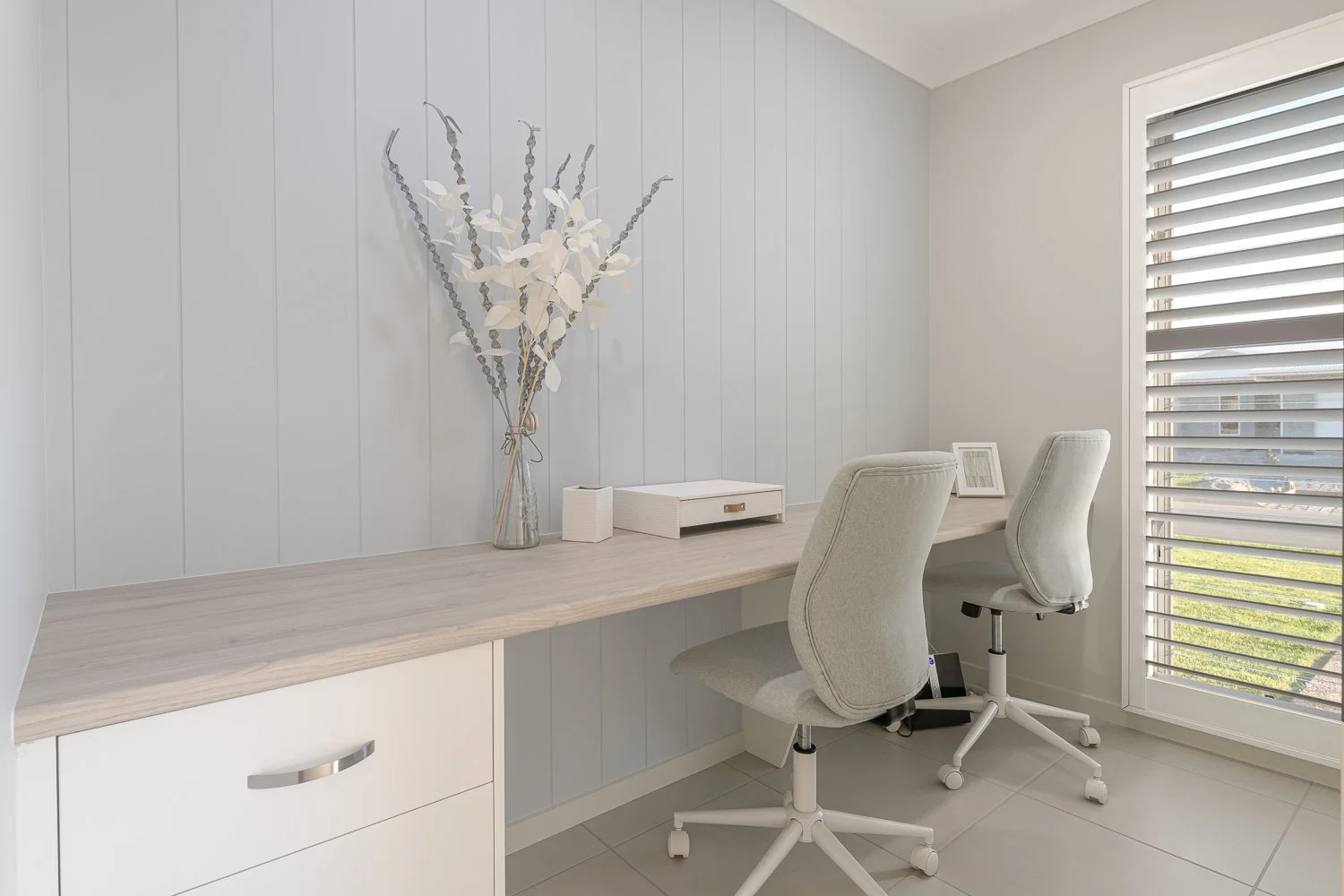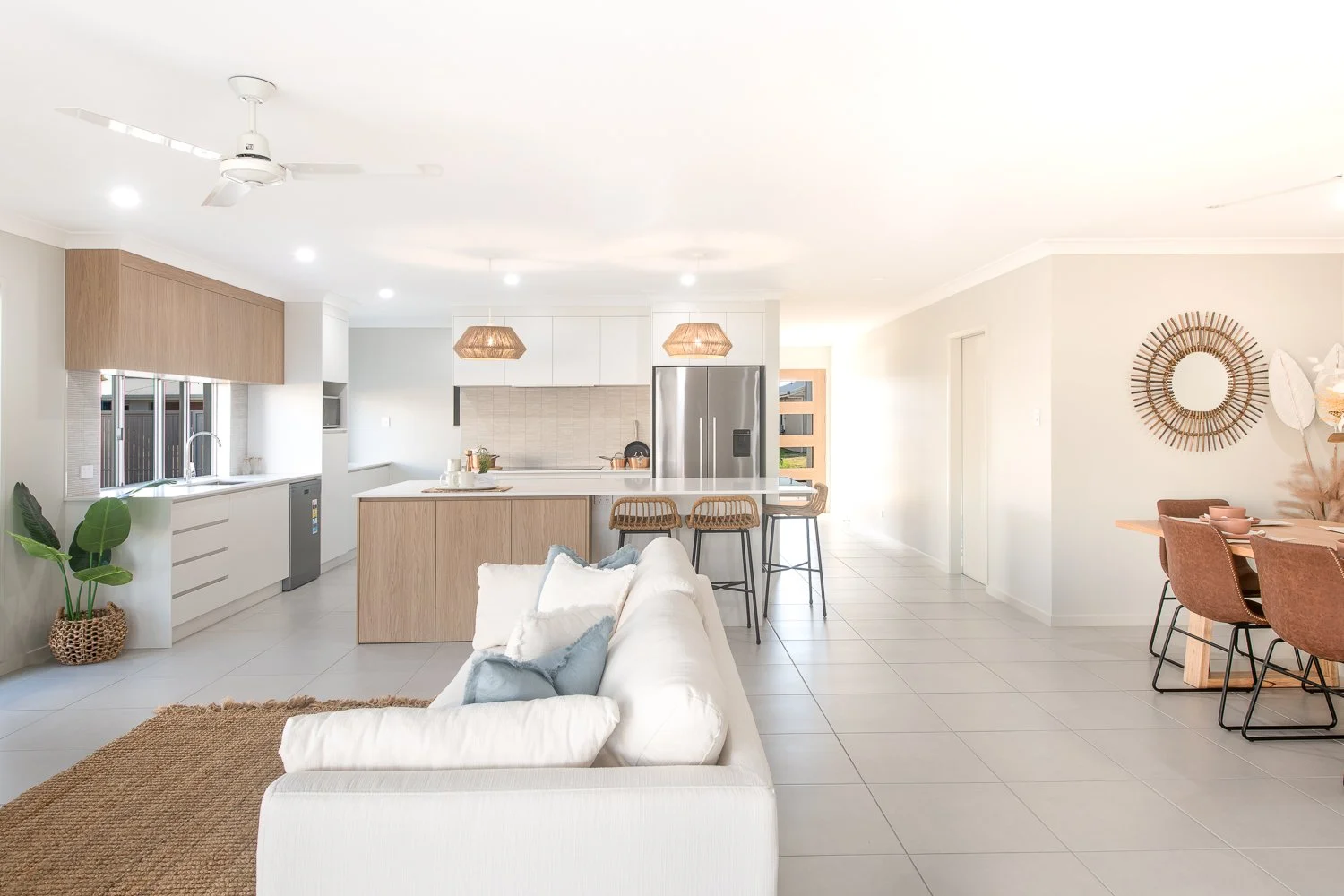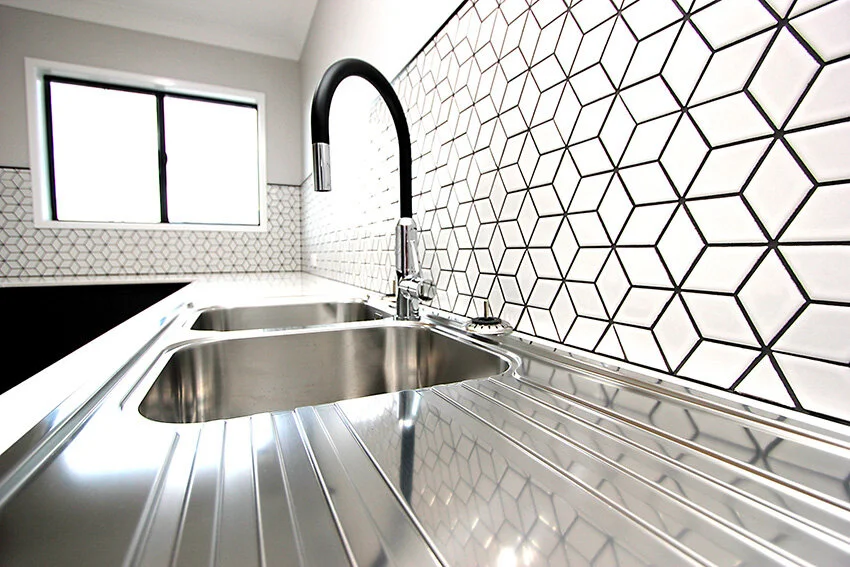img. ABI Interiors.
Choosing The Right Tapware For Your New Home
When it comes to building a new home, choosing the right tapware can be just as important as choosing the right colors and finishes. Tapware not only serves a functional purpose, but it can also add style and personality to your new home. Here are some tips to help you choose the perfect tapware for your new home.
Consider the Style of Your Home
The style of your home should play a big role in the tapware you choose. If you're building a traditional home, you may want to choose tapware with classic and elegant designs, such as crosshead or lever handles. If you're building a modern home, you may want to choose tapware with sleek and minimalist designs, such as mixer taps or wall-mounted taps.
Think About the Function of Each Room
The function of each room in your home should also play a role in the tapware you choose. For example, if you're designing a bathroom, you may want to choose tapware with a high spout to make it easier to wash your face or brush your teeth. If you're designing a kitchen, you may want to choose tapware with a pull-out spray to make it easier to wash dishes or fill pots.
Consider the Finish of the Tapware
The finish of the tapware can also have a big impact on the look and feel of your new home. Chrome is a popular choice for tapware as it is durable and easy to clean. However, if you want to add a touch of luxury to your new home, you may want to consider tapware with a brushed nickel or matte black finish.
Think About the Water Efficiency
Water efficiency is becoming increasingly important, and choosing tapware that is water-efficient can help you save money on your water bills. Look for tapware with a high WELS rating, which indicates that the tapware is water-efficient.
Consider the Brand and Quality
Finally, it's important to choose tapware from a reputable brand that is known for its quality and durability. While it may be tempting to choose cheaper tapware, investing in high-quality tapware can save you money in the long run by reducing the need for repairs and replacements.
In conclusion, choosing the right tapware for your new home is an important decision that can have a big impact on the look and feel of your space. By considering the style of your home, the function of each room, the finish of the tapware, the water efficiency, and the brand and quality, you can choose the perfect tapware to make your new home both functional and stylish.




























































